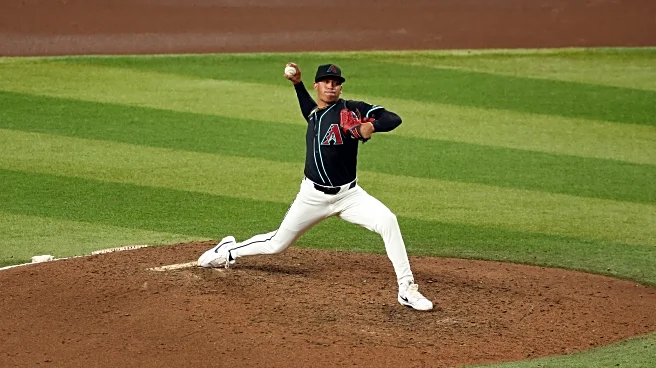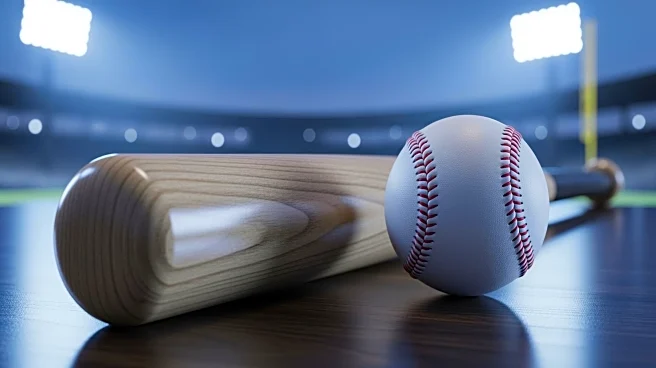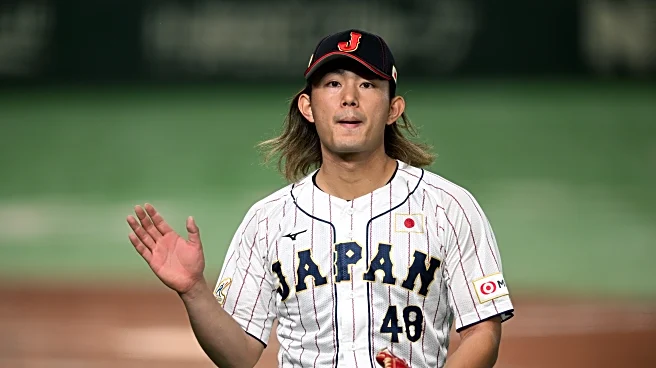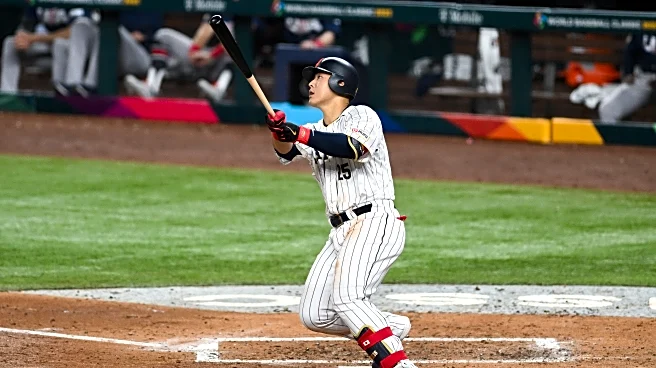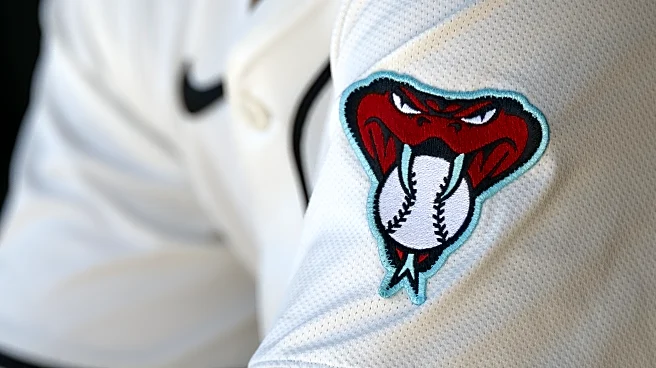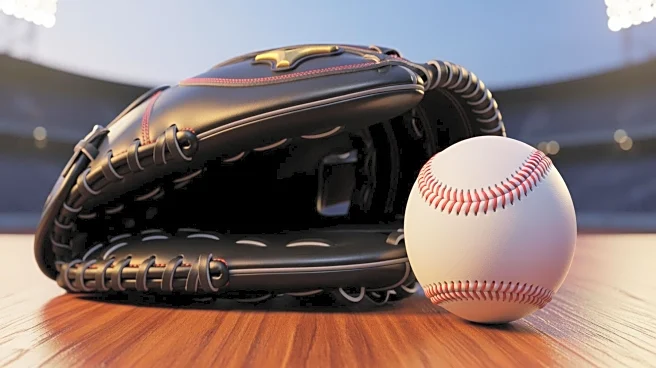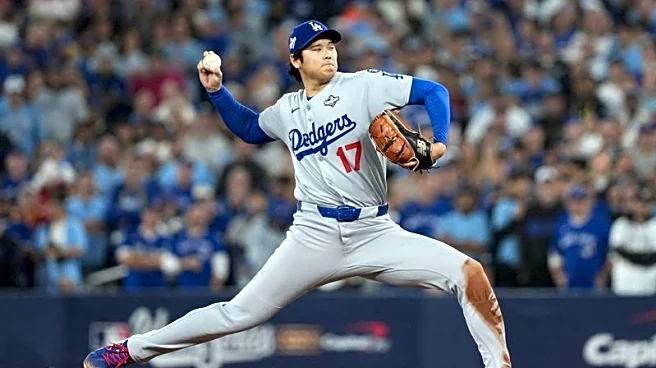Kona Takahashi was born in Numata, a city in Japan’s Gunma Prefecture. He attended Maebashi Ikuei High School and had a career there many others only dream about. While he did not play in his first year, and the school lost in the 2014 Gunma regionals, not only did Maebashi Ikuei High School participate in the 2013 Summer Koshien tournament, they won it. Takahashi, ace of the diamond, took the mound and started the championship game against Nobeoka Gakuen High School and threw a nine-inning complete
game, allowing 3 runs on 6 hits in the 4-3 victory.
That October, the Seibu Lions selected the right-hander in the 2014 NPB Draft with their first round pick. While there was some talk that the Hanshin Tigers, Fukuoak SoftBank Hawks, and the Hiroshima Toyo Carp might select him, those teams ended up selecting Yuya Yokoyama, Takayoshi Noma, and Shingo Takashita with their first selections, respectively, the Tigers and Carp both losing out on Kohei Arihara in his draft lottery.
The 18-year-old began the season on the Lions’ ni-gun minor league team but was promoted in late June and ended up appearing in 8 games for them. In 44.0 innings, he posted a 3.07 ERA, allowing 32 hits, walking 23, and striking out 22. His 2016 season was very similar: in 37.0 innings over 6 starts, he posted a 2.68 ERA, allowing 34 hits, walking 13, and striking out 23.
In 2017, he began the season with the Lions and was expected to be a member of their starting rotation for the entire season, but shoulder discomfort in his right shoulder in mid-May kept him off the field for virtually the rest of the season, returning to the mound in late-September and pitching one more game. On the year, Takahashi posted a 4.32 ERA in 25.0 innings, allowing 22 hits, walking 10, and striking out 18. That winter, the Lions had him pitch in the Australian Baseball League in order to test his shoulder and build up his endurance for the upcoming 2018 season. The right-hander appeared in 5 games for the Melbourn Aces and posted a 5.32 ERA in 23.2 innings, allowing 27 hits, walking 16, and striking out 32. The shoulder continued bothering him once the 2018 season began and once again, Takahashi missed virtually the entire season, making his first start in early August. Throwing 20.0 innings over 3 starts, the right-hander posted a 4.50 ERA, allowing 17 hits, walking 13, and striking out 15.
After years of dealing with a barking shoulder, Takahashi was finally healthy to start the 2019 season. The 22-year-old started 21 games for the Lions and pitched a career-high 123.2 innings, posting a 4.51 ERA with 144 hits allowed, 47 walks, and 90 strikeouts. He was much better in the first half of the season, earning an All-Star selection, but his performance tailed off in the second half, especially after he began experiencing soreness and discomfort in a ligament in his right elbow at the end of August. The elbow pain ended up not having an impact on him, as he posted another solid season in the abbreviated 2020 season, posting a 3.74 ERA in 120.1 innings over 20 starts with 100 hits allowed, 44 walks, and 100 strikeouts.
In 2021, Takahashi was named the Lions’ opening day starter. The 24-year-old threw a team-leading 173.2 innings- second only to Orix ace Yoshinobu Yamamoto- and posted a 3.78 ERA, allowing 157 hits, walking 62, and striking out 127. His 2022 season was almost identical except for the fact that his ERA shrunk almost in half. Throwing 175.2 innings, the right-hander posted a 2.20 ERA, allowing 153 hits, 51 walks, and 128 strikeouts, his success credited to working to improve his pitching mechanics as well as his longer hair that was intentionally grown out during the season, a superstitious move made with fellow right-hander Tatsuya Imai who did the same thing. Many players, coaches, and journalists believe that the NPB secretly introduced a deadened ball around this time, and that certainly helped with Takahashi’s success as well.
Continuing to refine his mechanics, Takahashi worked at the Driveline Baseball facility prior to start of the 2023 season, optimizing his mechanics and increasing his fastball velocity. The right-hander had another strong season, posting a 2.21 ERA in 155.0 innings, allowing 123 hits, walking 47, and striking out 120. Prior to the start of the season, he had talked with team management about being posted, but after the season ended, the team declined, citing Takahashi’s failure to reach the benchmarks that the two sides had agreed upon as conditions.
While it might not have been a major payday necessarily, Takahashi’s value took a major blow in 2024. After missing the start of the season due to right shoulder discomfort, he returned early and pitched through pain because fellow right-hander Kaima Taira was also injured and he did not want the burden his other rotation-mates. After he began experiencing complementary left-side soreness in August, his season was ended. While he did not have a terrible year, posting a 3.87 ERA in 81.1 innings with 94 hits allowed, 24 walks, and 61 strikeouts, his win-loss record was an eyesore; the right-hander went 0-11 on the season, tying the record for most consecutive losses without a win with 1960 Kintetsu Buffaloes pitcher Mamoru Otsu.
The 28-year-old returned to the mound in 2025 having ceded the role of ace to Tatsuya Imai and had a strong rebound season. Appearing in 24 games, he posted a 3.04 ERA in 148.0 innings, allowing 141 hits, walking 41, and striking out 88. Following the conclusion of the season, the Seibu Lions agreed to post him, along with Imai.
Takahashi throws from a high-three-quarters arm slot. Earlier in his career, he had difficulties with his command stemming from mechanical issues- his top and bottom halves would come out of sync and he would have trouble keeping his upper body on target and repeating his release point. His time at the Driveline Baseball facility in 2023, as well as work done on his own the year prior have helped him a great deal with this; since 2022, his BB% is down a percentage point-and-a-half, and his BB/9 is down almost one full walk per nine.
The right-hander mainly relies on a five-pitch mix, throwing a four-seam fastball, slider, splitter, cutter, and the occasional curveball. In 2025, he threw his fastball 41.9% of the time, his splitter 22.3% of the time, his slider 19.9% of the time, and his curveball 4.1% of the time. Since 2021, he has relied on his fastball 39% of the time, his splitter 24% of the time, his slider 20.4%, his cutter 13%, and his curveball 3.2% of the time.
Takahashi’s fastball has averaged 92.6 MPH since working out at Driveline Baseball in 2023, up from 91.1 MPH since 2019, when he began throwing a full season’s worth of innings. Almost, if not more important, is the fact that he has been able to touch the mid-to-high-90s with the pitch, something he was unable to do prior to 2023. The pitch does not garner high swing rates and resulted in a whiff rate that did not break into the double-digits in 2025.
His fastball sets up his slider and sinker, his go-to swing-and-miss offerings against right-handers and left-handers, respectively. Both pitches are above-average offerings, with his slider being worth an average of +1.7 RAA since 2021 and his splitter +6.4 RAA. His slider occasionally gets slurvy with intention, but the pitch is at its best when he is throwing it harder and it has less horizontal sweep. The gyro rotation on the pitch gives it sharp vertical slice. His splitter has a bit of arm-side run and gets heavy vertical dive. In addition to swinging strikes and strikes looking, the pitch results in a massive number of ground balls when hitters are able to make contact and put it in play and is a big reason why the right-hander has managed a groundball rate hovering around the 50% mark.
Takahashi added his cutter to his arsenal beginning in 2020, and with it, began throwing his curveball less. The curveball is little more than a get-me-over offering, but his cutter has shown some promise, to the point that he can pocket the regular use of his slider in favor of the cutter and then break out the slider for punchouts. The pitch’s lack of dynamic movement is what holds it back from being utilized more often, but in its current usage, it has been effective, with an average of +1 RAA.
Takahashi commands his fastball well and his effectiveness of a pitcher stems from that. His slider and splitter both play off his fastball, and the right-hander confidently is able to pitch backwards at the drop of a hat to further disrupt a hitter’s timing and confidence.



